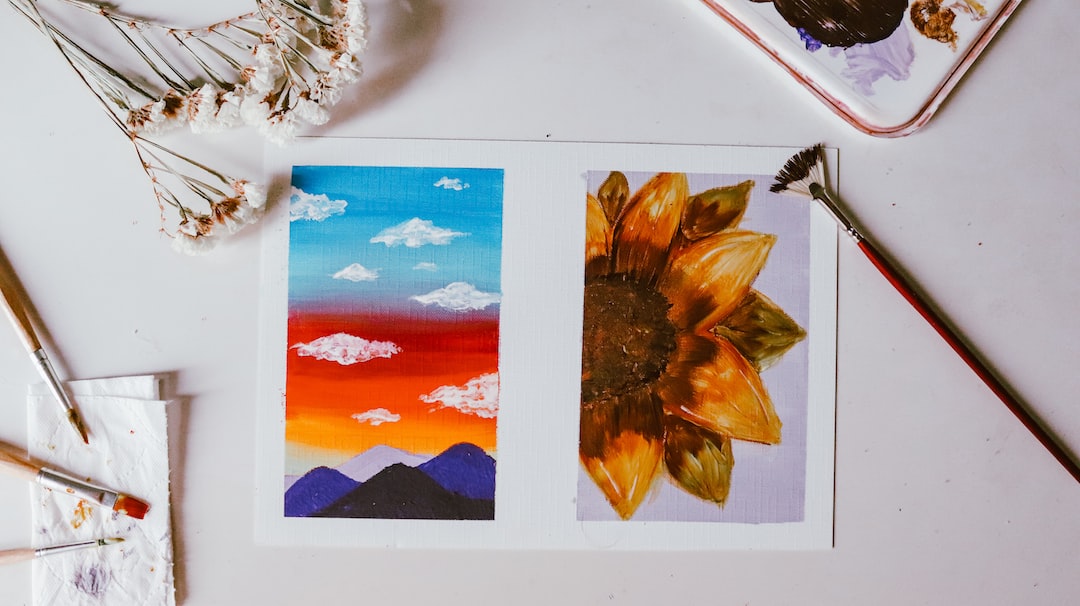The rise of eco-art in recent years signifies a growing awareness and concern regarding the environment and the urgent need for sustainable living practices. This form of art combines aesthetic and ecological consciousness to address critical environmental issues. Eco-artists use a wide range of mediums such as sculptures, installations, paintings, and multimedia to express their ideas and create awareness about the issues plaguing the world.
Given the current state of the planet, eco-art can play a significant role in educating and motivating the masses to take action towards a greener future. The world is facing grave environmental challenges such as climate change, deforestation, pollution, and loss of biodiversity, which have a direct impact on human life. Eco-artists have responded to these issues in diverse ways using their creativity to raise awareness and create a sense of responsibility in people for the environment.
Some eco-art installations involve using recycled and waste materials to create a message that speaks about the impact of human activity on the planet. One such example is of artist Wang Zhiyuan’s “Thousand Times of Millennium Fochang” art installation in China, made entirely from discarded plastic bottles. The sculpture is an example of how art can give new life and purpose to discarded objects, thus reducing pressure on landfills and other disposal means.
Another example of eco-art is Rachel Sussman’s photography-based project named, “The Oldest Living Things in the World.” This project documents the oldest and most resilient living organisms on the planet, which have survived for thousands of years despite adverse environmental conditions. This project reminds people that the planet has valuable resilient traits in itself. The eco-art movement has also embraced the importance of community involvement, as seen with the “The Yellow Walk” project in Brazil. The project involved painting the streets with solar-dried yellow-paint, designed to last 6 months. The project allowed for slight modification in the neighborhood and community involvement in painting of the streets, enhancing community work, and encouraging other cities to join the initiative.
Eco-artists are making an impact on the way people perceive the environment. They raise human consciousness and attune people to the ongoing environmental issues that require prompt action. The creative force of eco-art helps in promoting eco-consciousness and change in attitudes towards the environment – bringing about social change in response to the environmental crisis.
As the world shifts towards a greener and more sustainable future, the role of eco-art becomes even more significant in providing a visual representation of environmental issues and transformation. It also offers hope for a better future and a strong message indicating that there are alternatives and solutions. By generating awareness, promoting eco-consciousness and offering possible solutions, eco-artists use their talents and creativity to advance the sustainable living agenda.
In conclusion, the rise of eco-art represents a growing concern for the environment, and the eco-consciousness needed to bring about positive environmental change. The eco-art movement offers a creative and visual representation of environmental issues and can inspire both individuals and policymakers towards new methods of examining the environment and promoting sustainable practices. The eco-art movement is instrumental in raising environmental awareness, engaging people in constructive conversations and action, and ultimately providing solutions towards a better future for all life forms on the planet.

